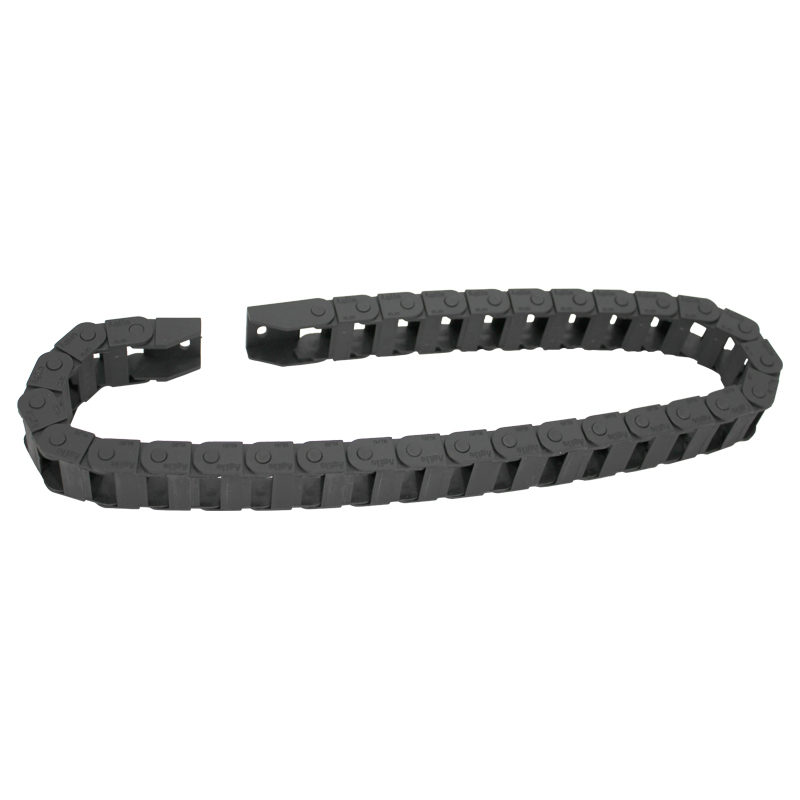Scissor Lift Bellows Cover for Enhanced Protection and Performance
Understanding Scissor Lift Bellow Covers Function, Importance, and Maintenance
Scissor lifts are essential tools in various industries, providing safe, efficient access to elevated work areas. A critical component of these lifting machines is the bellow cover, an often-overlooked feature that plays a significant role in ensuring the lift's longevity and operational efficiency. This article delves into the function and importance of scissor lift bellow covers, as well as best practices for their maintenance.
What is a Scissor Lift Bellow Cover?
The bellow cover is a protective sleeve made typically from durable, flexible materials such as rubber or synthetic fabrics. It encases the lift’s scissor arms, which are the crisscrossed metal structures that extend and collapse to raise and lower the platform. The primary purpose of this cover is to shield the mechanical components from dirt, debris, moisture, and other environmental factors that could impair functionality.
Importance of Bellow Covers
1. Protection from Contaminants Scissor lifts often operate in environments that expose them to harmful substances. Dust, dirt, and corrosive agents can cause premature wear to the scissor arms and other critical components. The bellow cover provides an essential barrier against these contaminants, prolonging the lifespan of the machinery.
2. Safety Enhancement A well-maintained scissor lift is crucial for ensuring operator safety. By protecting the scissor arms from damage, bellow covers help maintain the integrity and stability of the lift during operation. This reduces the risk of mechanical failure, which could lead to accidents or injuries.
3. Improved Efficiency Smooth and unobstructed movement of the scissor arms is vital for the efficient operation of the lift. The bellow cover prevents foreign materials from interfering with the function of these arms, ensuring that the lift operates smoothly and efficiently. This not only boosts productivity but also minimizes downtime due to maintenance or repairs.
4. Aesthetic Appeal While functionality is the primary concern, bellow covers also contribute to the overall aesthetics of the scissor lift. A clean and well-maintained appearance can reflect positively on a company's image, especially when lifts are used in visible public spaces or client-facing operations.
scissor lift bellow cover

Maintenance of Bellow Covers
Proper maintenance of bellow covers is vital for ensuring their effectiveness and the overall longevity of the scissor lift. Here are some best practices
1. Regular Inspection Routine inspections should be conducted to check for signs of wear and tear, including cracks, tears, or punctures in the bellow cover. Any damage should be addressed immediately to prevent further deterioration.
2. Cleaning Keeping bellow covers clean is essential to their performance. Regularly remove any accumulated dust, grime, and debris. Gentle cleaning agents can be used to avoid damaging the material, followed by thorough drying.
3. Lubrication Although the bellow cover serves to protect the scissor arms, ensuring that the arms themselves are well-lubricated is crucial. This reduces friction and wear, contributing to the smooth operation of the lift.
4. Replacement Planning Like any other component, bellow covers have a finite lifespan. Monitoring their condition and planning for timely replacements will prevent unexpected failures and enhance the machine's reliability.
5. Professional Assistance If there are any concerns about damage or the effectiveness of the bellow covers, consulting a professional technician is advisable. They can provide expert insights and necessary repairs or replacements.
Conclusion
Bellow covers are a vital component in the functionality and safety of scissor lifts. They protect against contaminants, enhance safety, and improve operational efficiency, making them indispensable in various working environments. By adhering to best maintenance practices, operators can ensure that their scissor lifts remain in optimal condition, ultimately contributing to seamless operations and increased productivity. Investing time and resources in the care of these components pays dividends in the long run, safeguarding both the equipment and the people who depend on it.








